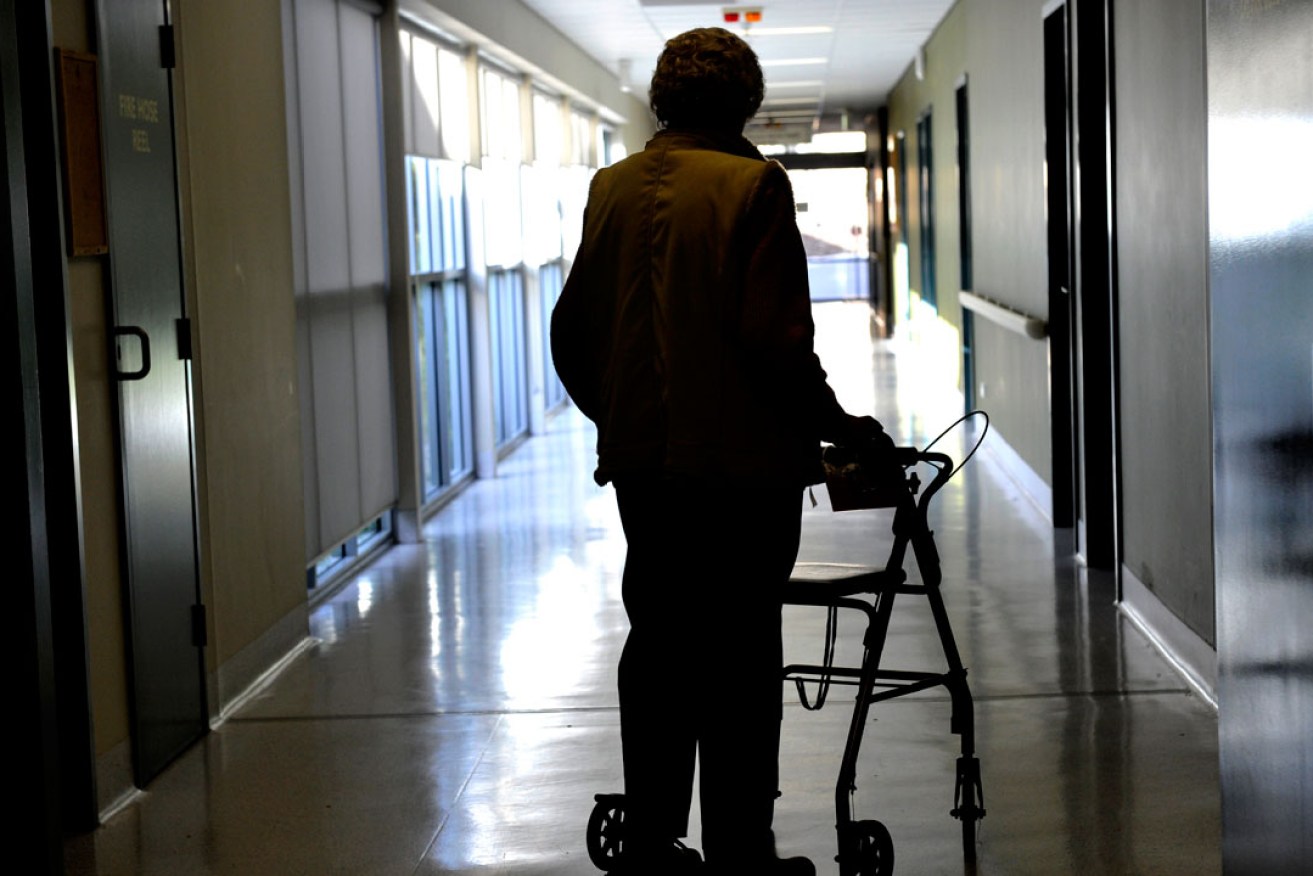Waiting time for aged care on the increase
Older Australians waited on average 121 days to enter a residential aged care facility after being approved for the service by health professionals during the past financial year.

Photo: AAP
The median wait time for 2017/18 was up from 105 days in 2016/17 and 84 days in 2015/16, the Productivity Commission said in a report on government services released today.
The report found 44.7 per cent of people who moved into residential facilities did so within three months of approval by a local assessment team.
The same was true for those approved for home care services, with 42.3 per cent receiving them within three months in the second half of 2017/18, after a new system started in February.
Both residential and home care service are subsidised by the government, but clients are expected to contribute where they can.
Waiting times can be influenced by a range of factors, including the availability of funding packages and some people’s preference to remain at home for as long as possible.
As of June 2018, there were 207,142 operational government-subsidised places in residential facilities and 91,847 people receiving home care packages.
“Higher proportions of admission to residential care or commencement of Home Care within three months are desirable,” the report states.
Prime Minister Scott Morrison announced a $552.9 million funding boost for aged care in December, to be rolled out up to mid-2022.
An extra 10,000 older Australians who need high-level care will be given money to receive support at home as part of the funding.
The Productivity Commission report has also laid bare a gradual increase in complaints made through the Aged Care Complaints Commissioner and its predecessor scheme.
The commissioner received 5779 complaints in 2017/18, up from 4713 in 2016/17 and 3936 in 2015/16.
But the report has noted such growth in complaints may not necessarily mean lower quality services, at it may reflect more effective reporting and monitoring.
The complaints commissioner will be combined with the Australian Aged Care Quality Agency to create a single Aged Care Quality and Safety Commission from 2020.
The latest figures come after a royal commission into aged care was launched in Adelaide last week.
The inquiry will take its first evidence from February 11.
– AAP




